There is a recipe for stuffed bell peppers that I have been using quite often lately, but when I can find Globe squash, basil, carrots, and tomatoes in season, it seems like perfect timing to use globe squash instead of bell peppers. If you have bell peppers on hand, use those instead.
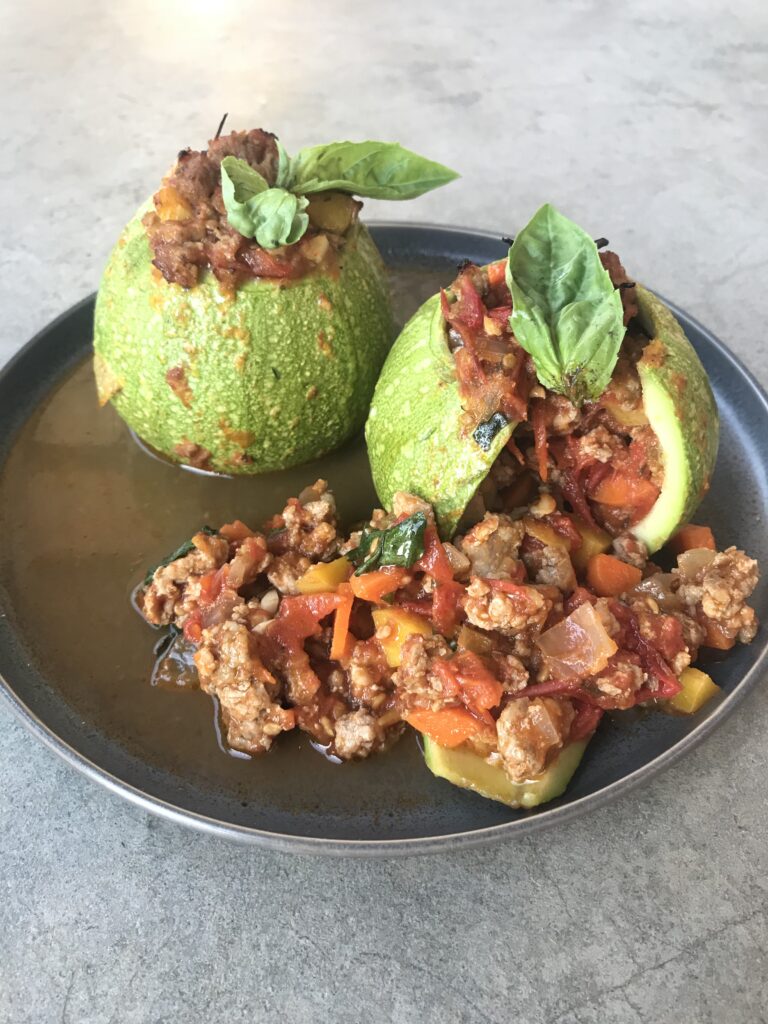
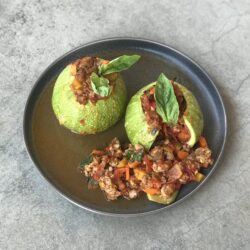
Late-Summer Stuffed Squash
Ingredients
Ingredients
- 12 globe squash choose larger ones for stuffing
- 3 lbs fresh tomatoes, stemmed and diced or 24oz canned diced tomatoes
- 1 med yellow onion diced
- 3 med carrots diced
- 4 cloves garlic minced
- 1 small bunch of basil
- 2 lbs pasture raised ground pork or other ground meat of choice
Spice Blend
- t tsp sea salt
- ½ tsp fresh ground pepper
- ½ tsp oregano
- ½ tsp dried thyme
- ½ tsp dried parsley
- ½ tsp granulated garlic
- ½ tsp granulated onion
- 2 tbsp extra-virgin olive oil
Instructions
- Add the olive oil to a large sauté pan and heat over medium. Add the onions, garlic, and tomatoes. Bring to a simmer and stir frequently. The goal is to reduce the liquid, so continue cooking over medium heat.
- Add the carrots and the salt, pepper, and spice blend. Cook for about 20 minutes, continuing to stir the mixture to prevent burning.
- Add the ground meat and break apart with a spatula and continue to cook until the meat is cooked through. Turn down the heat.
- Chiffonade 10-12 leaves of basil, set aside. Add the basil to the meat and veggie mixture before spooning into squash.
- While the meat is cooking, slice the stems off of the squash. Use a spoon to score a circle about 1 cm from the edge. I suggest using a cookie dough scooper (basically a small ice cream scoop) to scoop out the innards of each squash, being careful to keep the outter flesh intact.
- Set the squash in a 9 x 13 in baking dish.
- Spoon the meat and veggie mixture into the squash and overfill.
- Bake for 30 minutes or until a knife easily pierces the squash. Top with a sprig of basil and serve.
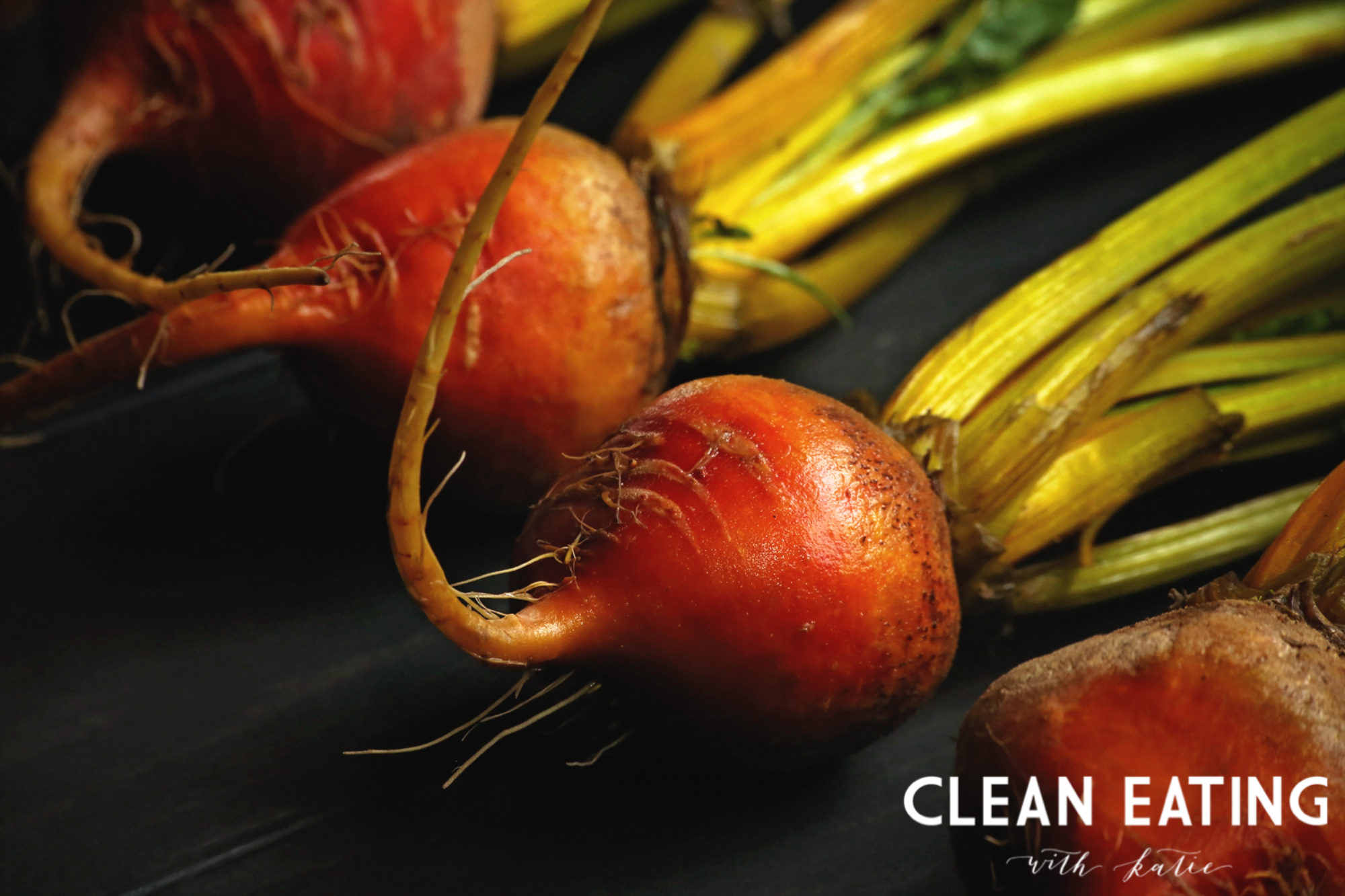
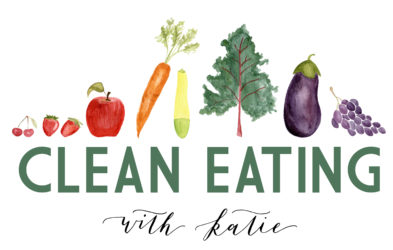
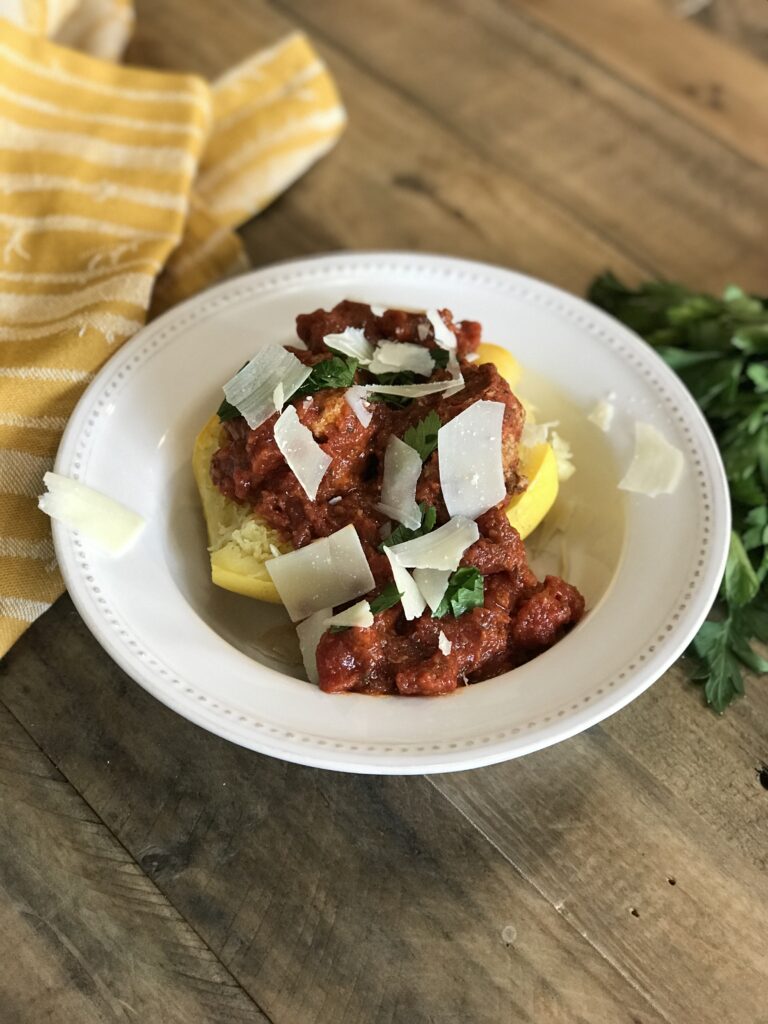
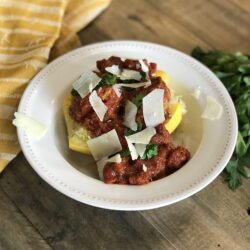
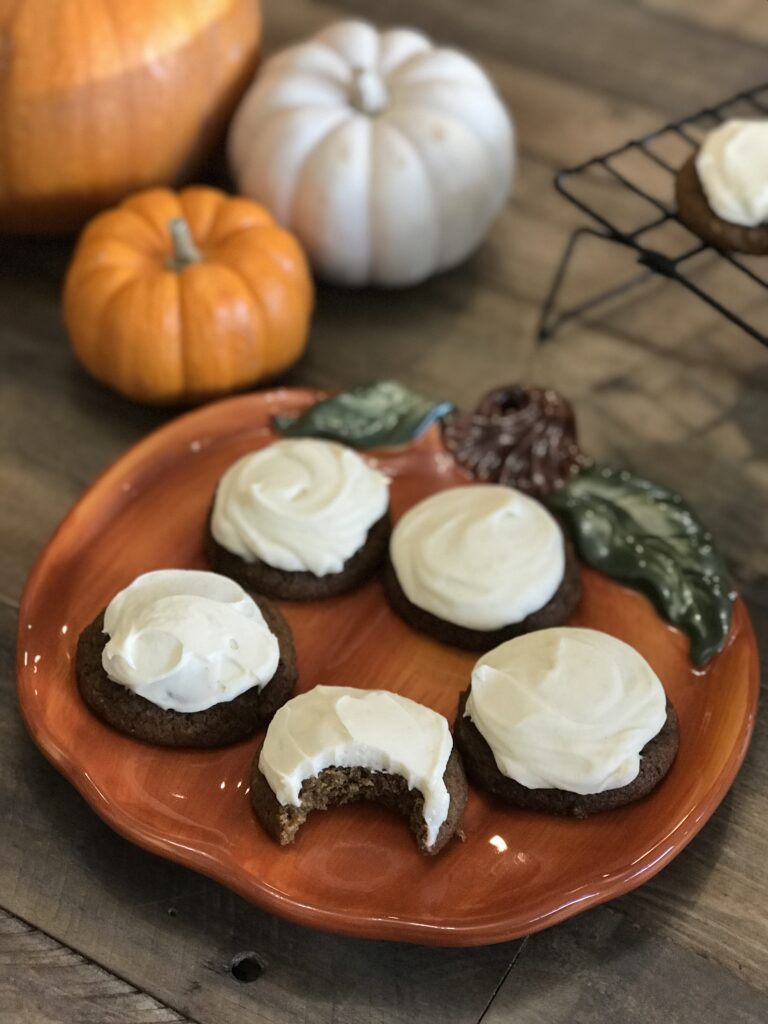
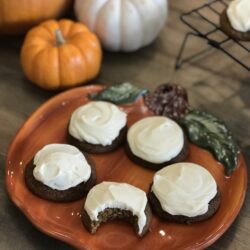
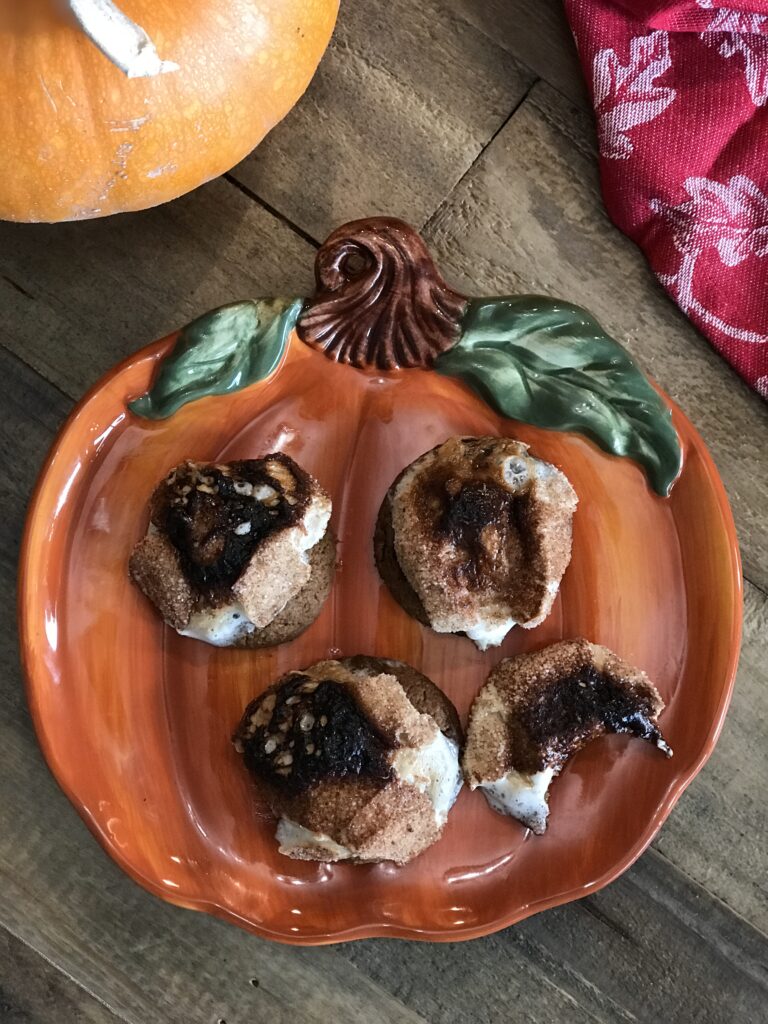
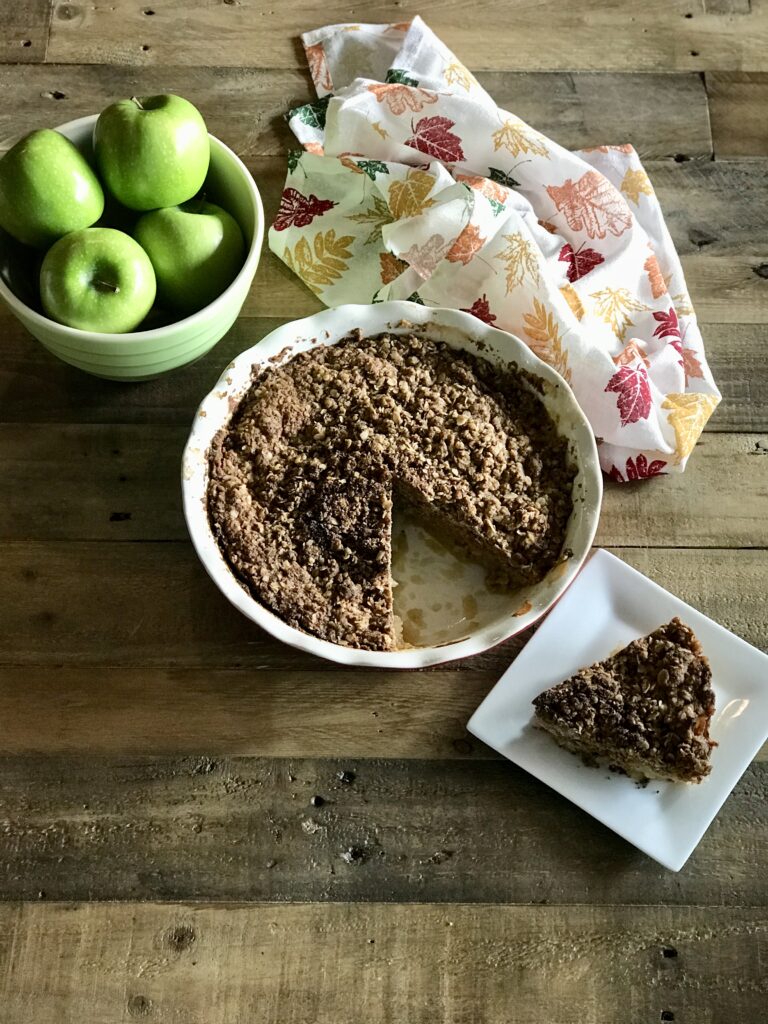
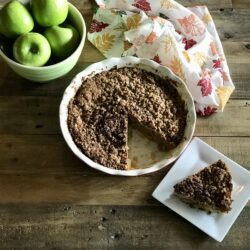
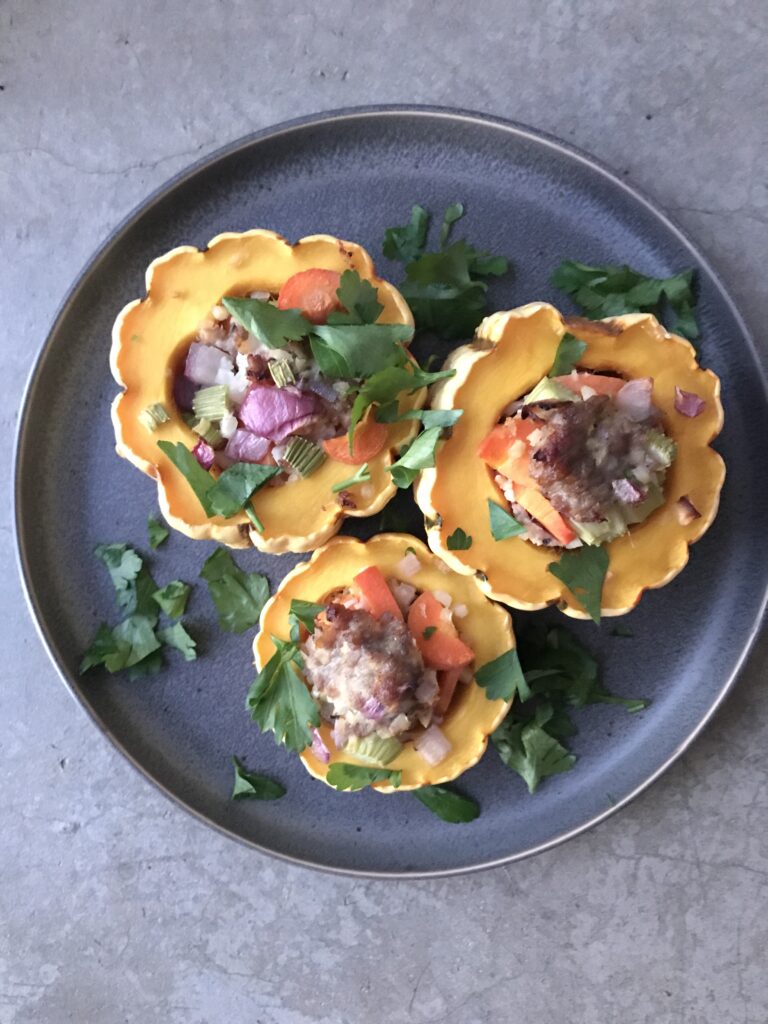
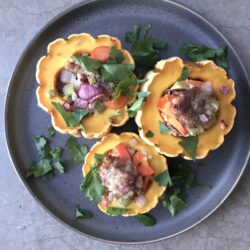
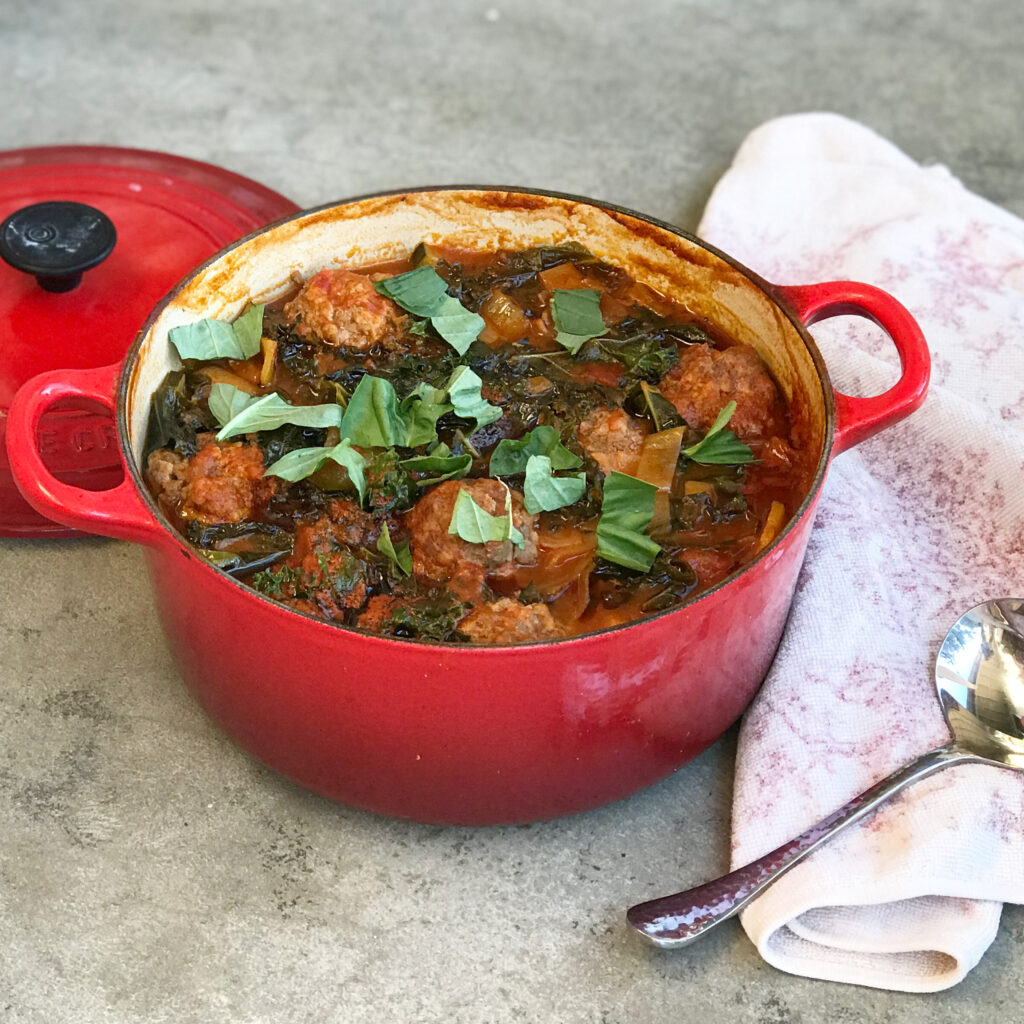
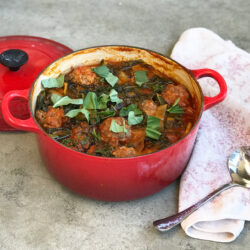
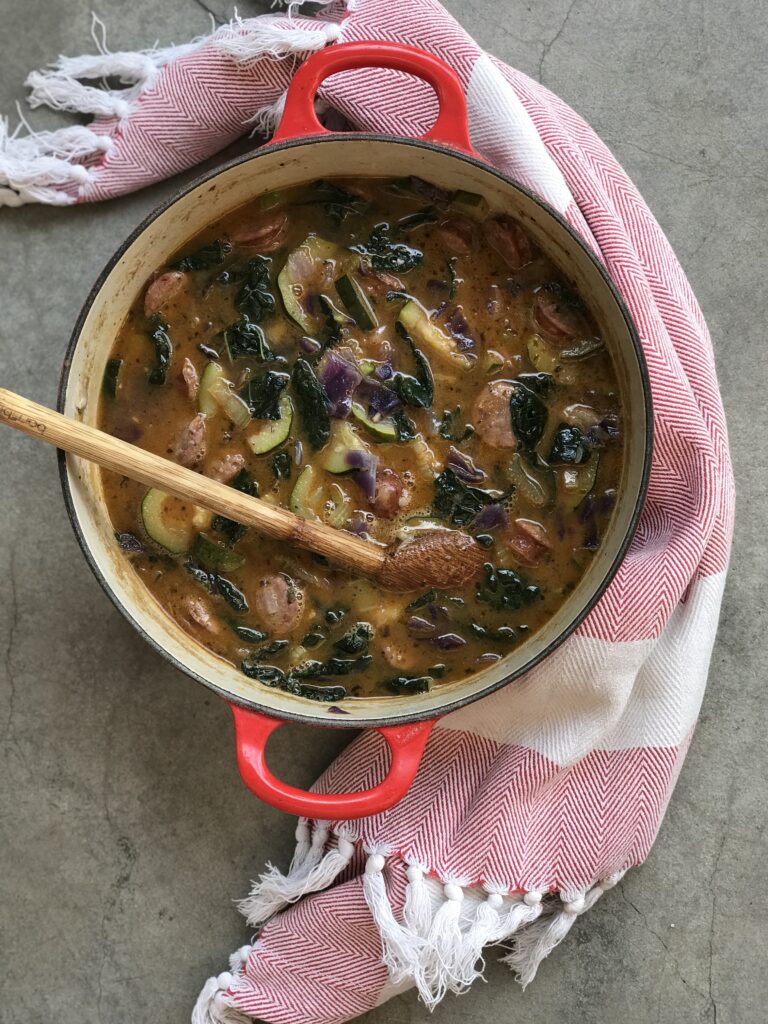
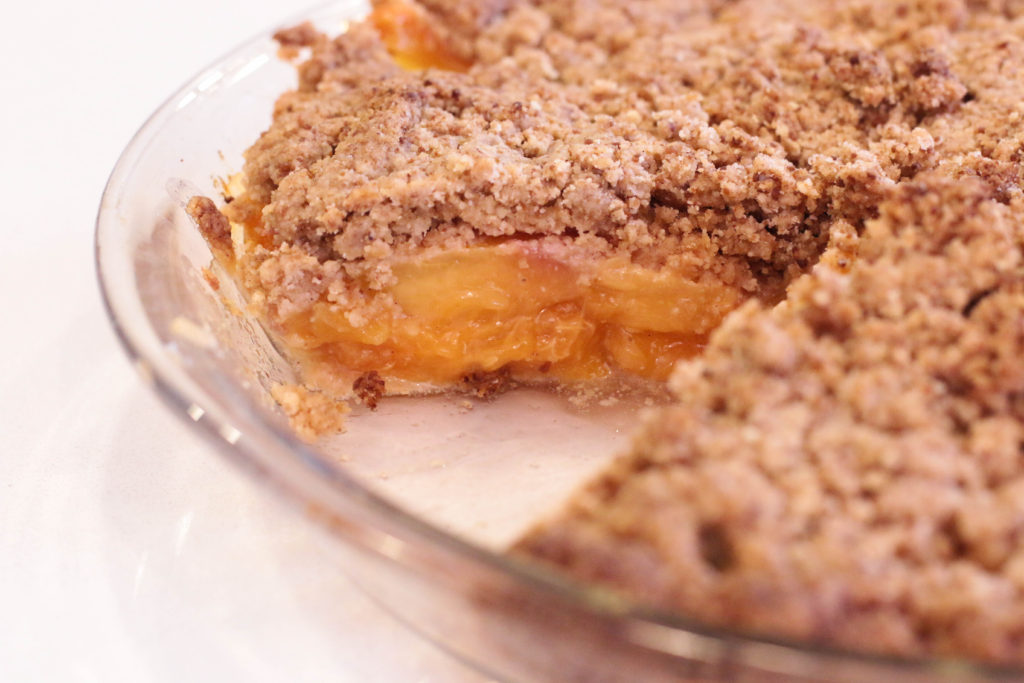
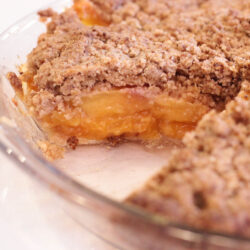
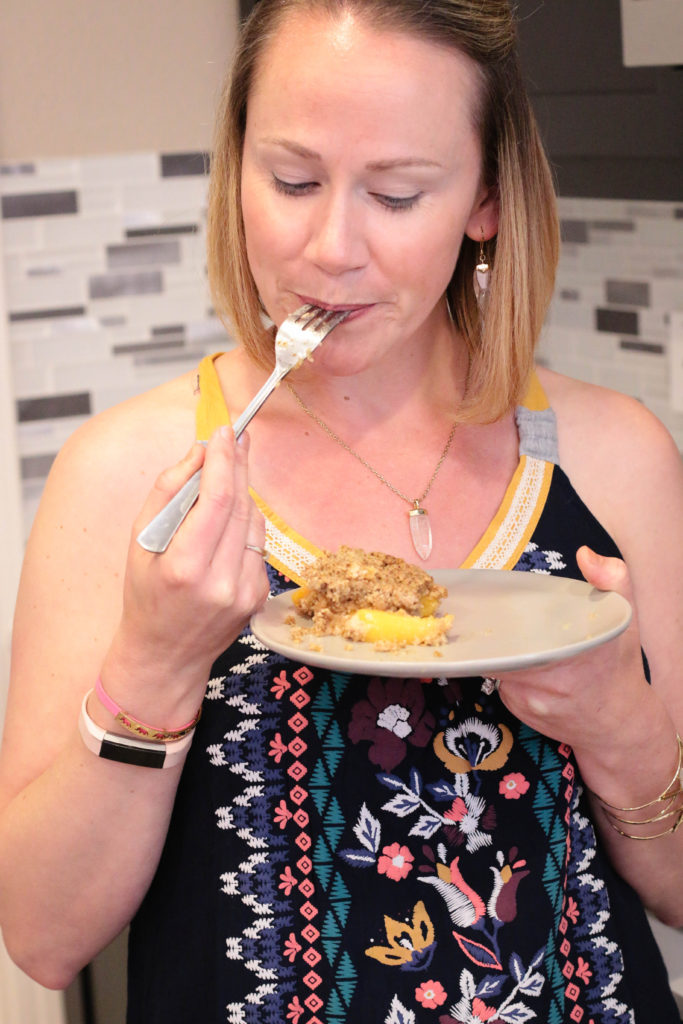

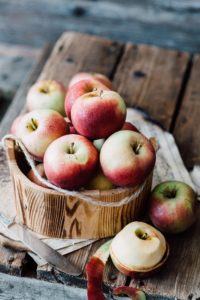 As an adult, I have come to really like all kinds of pink apples: pink lady, fuji, gala, and honeycrisp. I also only eat apples during apple season and during the very early weeks of cold storage. In Northern California, apple season begins in mid-late July and generally lasts until October. Thus, I only consume apples from July-December.
As an adult, I have come to really like all kinds of pink apples: pink lady, fuji, gala, and honeycrisp. I also only eat apples during apple season and during the very early weeks of cold storage. In Northern California, apple season begins in mid-late July and generally lasts until October. Thus, I only consume apples from July-December.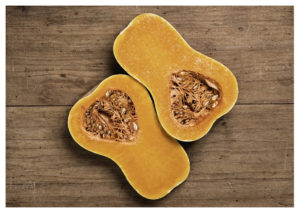 Jennifer Tyler Lee also suggests butternut squash soup and a maple roasted butternut squash. Yum!
Jennifer Tyler Lee also suggests butternut squash soup and a maple roasted butternut squash. Yum!